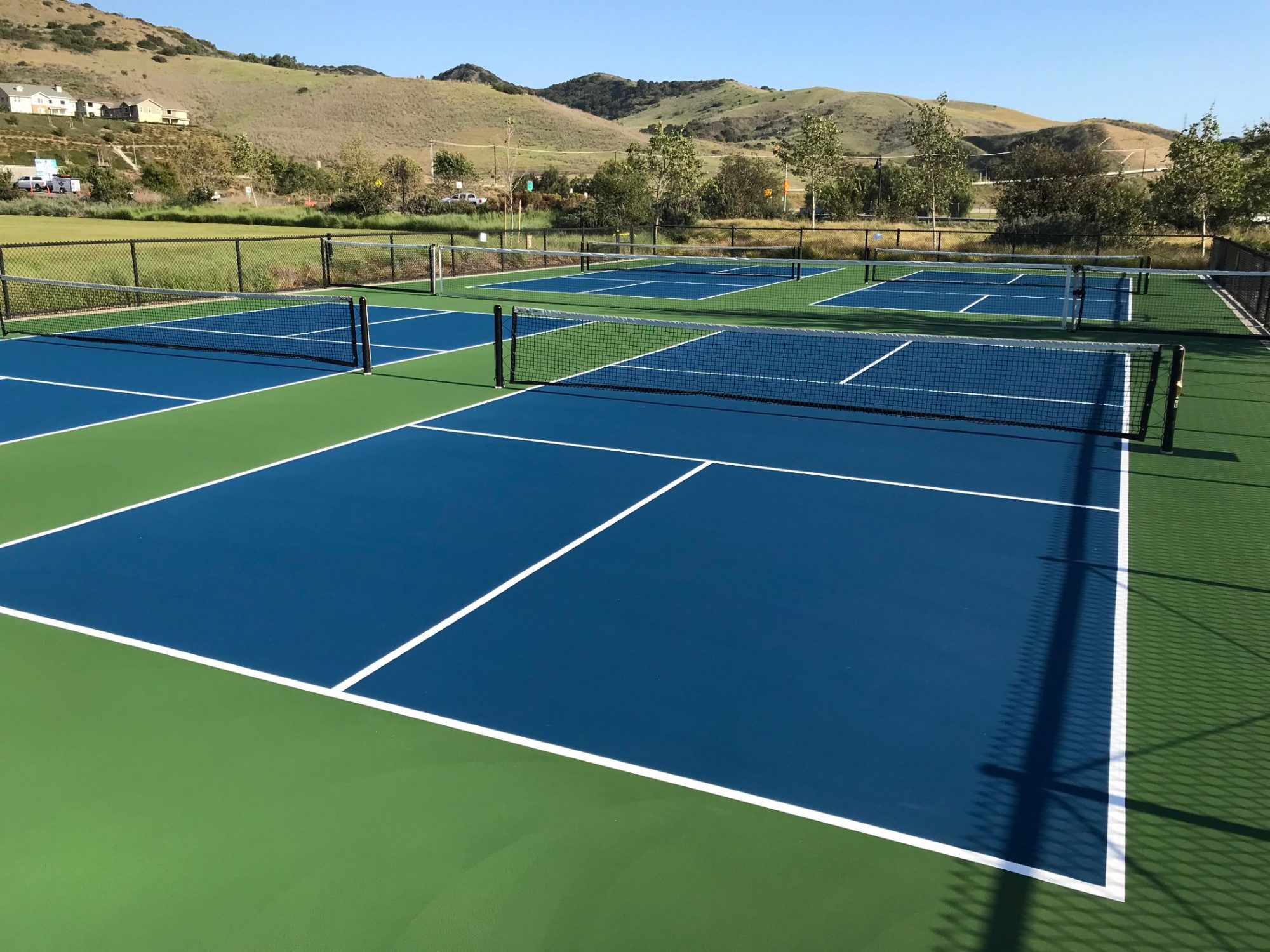How Local Laws Effect Your Pickleball Court Construction Strategies
How Local Laws Effect Your Pickleball Court Construction Strategies
Blog Article
Boost Resident Engagement With Community-Driven Pickleball Court Projects
The emergence of community-driven pickleball court jobs provides a special chance to cultivate neighborhood engagement and enhance community ties. The genuine concern stays: just how can these grassroots efforts be tactically applied to make certain sustainability and inclusivity in varied areas?
Importance of Neighborhood Engagement
Neighborhood interaction is a crucial element in the successful growth of pickleball court tasks, as it cultivates a feeling of possession and cumulative obligation among locals. When neighborhood members are actively involved in the preparation and implementation stages, they are more probable to promote for the project's long-lasting success. Involving stakeholders such as neighborhood gamers, households, and leisure groups makes sure that the facilities fulfill the varied needs and choices of the community.
Additionally, neighborhood engagement cultivates an encouraging atmosphere where citizens feel empowered to add their sources and concepts. Pickleball court construction. This collaborative approach can bring about ingenious services that boost the style and functionality of the courts, making them more enticing to a larger audience. Additionally, involving homeowners in decision-making processes can reinforce social connections, advertising inclusivity and unity within the neighborhood
The visibility of area support for a pickleball task can likewise play a pivotal duty in protecting funding and approval from regional authorities. By showing a common dedication to leisure development, areas can efficiently advocate for resources and plan modifications that prefer the facility of pickleball courts, inevitably improving the local society and recreational landscape.
Steps to Start a Project
Launching a pickleball court task calls for a systematic method that develops on the structure of community engagement developed in previous conversations. The very first step is to put together a task board consisting of local stakeholders, fanatics, and representatives from relevant organizations. This diverse group guarantees that multiple perspectives are thought about.
Following, conduct a needs assessment within the community. Surveys, focus groups, and public conferences can be effective in evaluating rate of interest and celebration input on potential court locations, wanted amenities, and organizing choices. Following this, create a task plan laying out duties, timelines, and goals.
When the strategy remains in location, engage with regional authorities to recognize zoning regulations and any kind of essential permits. Connecting transparently with the area throughout this procedure is important, as it promotes trust fund and encourages further engagement.
Additionally, arranging community occasions can help keep energy and interest. These occasions can act as systems for further discussion and help to strengthen neighborhood connections. Last but not least, paper every action taken and preserve thorough records, as this will be useful for future phases of the project, consisting of funding and source procurement.
Financing and Resources Available
Protecting financing and sources for a pickleball court project is often an essential action that can determine the project's feasibility and success. Different methods exist for acquiring monetary assistance, varying from public funding to personal sponsorships. Neighborhood government gives, frequently focused on advertising community health and leisure, can provide considerable monetary support for such efforts.
In addition to government resources, not-for-profit organizations and structures often use gives specifically for sporting activities and neighborhood growth jobs. Engaging local organizations as sponsors can also be a fruitful method; lots of companies aspire to buy area efforts that improve their company social duty profile.
Crowdfunding platforms have emerged as a sensible choice for grassroots fundraising, enabling area members to add straight to the project. This approach not just elevates funds but also cultivates a sense of ownership amongst participants.
Layout and Planning Factors To Consider
Reliable design and planning are essential components of any successful pickleball advice court task adhering to the purchase of funding and resources. A thorough evaluation of the recommended place is important; this includes examining availability, closeness to existing neighborhood services, and the capacity for exposure and engagement.
The format of the court have to abide by main size specs while considering the bordering setting. Incorporating features such as seating, shade structures, and suitable lights can significantly improve gamer experience and spectator satisfaction. Products selected for the court surface area should prioritize longevity and safety, with options like acrylic or asphalt offering ideal efficiency.
Involving neighborhood members in the style procedure cultivates a sense of possession and guarantees that the center meets regional requirements - Pickleball court construction. This can be accomplished through public assessments and surveys, permitting stakeholders to share their preferences and issues
Sustainability should additionally be a priority; incorporating environmentally friendly products and methods can add to long-term practicality. Producing a maintenance strategy to guarantee the court stays in outstanding condition will certainly support continuous community involvement and involvement in pickleball activities.

Success Stories and Study
Highlighting the transformative influence of community-driven efforts, numerous success stories show just how joint efforts have caused the development of dynamic pickleball courts across numerous regions. One significant example is the effort in a town in Florida, where homeowners grouped to convert an underutilized tennis court into a devoted pickleball facility. With fundraising events and collaborations with neighborhood companies, the area increased sufficient funds to set up new nets, resurfacing, and lines, ultimately promoting a vibrant center for neighborhood gamers.
Similarly, in a country area of The golden state, a grassroots motion emerged to develop pickleball courts in a regional park. The task not only engaged volunteers for construction however likewise consisted of workshops to involve community members in the sporting activity. Because of this, the courts came to be a focal point for social interaction and physical fitness, drawing in players of any ages.
These instance researches exhibit how community-driven tasks can enhance regional interaction, promote exercise, and enhance social bonds. By leveraging cumulative resources and enthusiasm, communities can effectively produce and sustain pickleball facilities that serve diverse populaces and cultivate a feeling of belonging.

Conclusion
In final thought, community-driven pickleball court jobs act as essential tools for enhancing regional involvement and cultivating a feeling of belonging amongst residents. By focusing on stakeholder involvement throughout the preparation and execution stages, these initiatives can properly address diverse community demands. Additionally, leveraging available resources and analyzing effective study can offer important understandings for future tasks. Ultimately, such efforts contribute to the change of public spaces into dynamic centers of fitness and social interaction, enhancing community ties.
The introduction of community-driven pickleball basics court projects offers a special possibility to cultivate neighborhood interaction and reinforce neighborhood connections.Neighborhood engagement is a vital aspect in the effective development of pickleball court jobs, as it promotes a sense of ownership and collective duty amongst citizens. When area members are proactively involved in the planning and execution stages, they are more likely to promote for the job's long-lasting success.Starting a pickleball court task requires a methodical strategy that builds on the structure of neighborhood interaction established in previous discussions. The job not just involved volunteers for construction but also included workshops to involve area learn the facts here now members in the sport.
Report this page